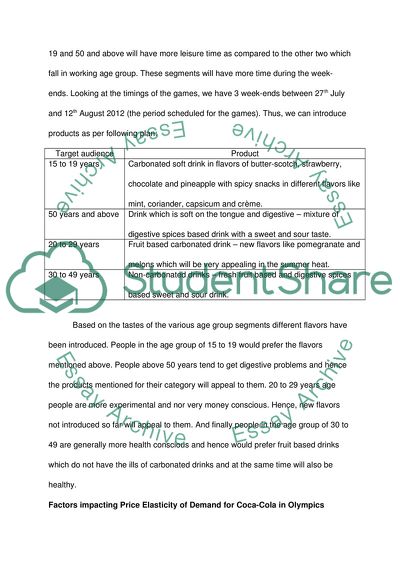Cite this document
(Enterprise and Innovation of Coca Cola Case Study, n.d.)
Enterprise and Innovation of Coca Cola Case Study. https://studentshare.org/macro-microeconomics/1565305-enterprise-and-innovation
Enterprise and Innovation of Coca Cola Case Study. https://studentshare.org/macro-microeconomics/1565305-enterprise-and-innovation
(Enterprise and Innovation of Coca Cola Case Study)
Enterprise and Innovation of Coca Cola Case Study. https://studentshare.org/macro-microeconomics/1565305-enterprise-and-innovation.
Enterprise and Innovation of Coca Cola Case Study. https://studentshare.org/macro-microeconomics/1565305-enterprise-and-innovation.
“Enterprise and Innovation of Coca Cola Case Study”. https://studentshare.org/macro-microeconomics/1565305-enterprise-and-innovation.


